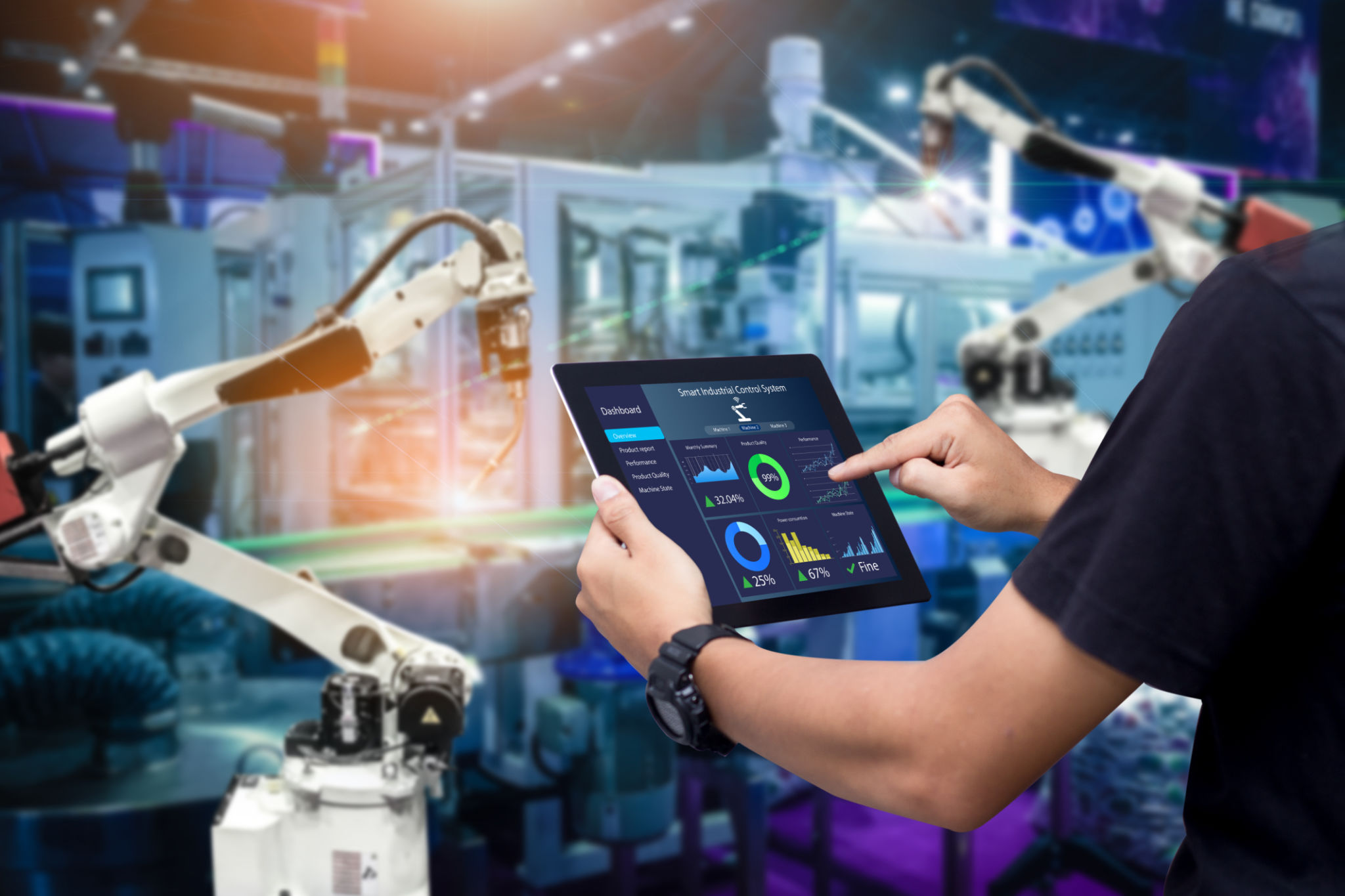Exploring the Latest Innovations in Medical Transport Solutions
Revolutionizing Patient Transport
In recent years, the field of medical transport has experienced a significant transformation. With advancements in technology and innovative solutions, patient transport is becoming more efficient, safe, and reliable. These innovations play a crucial role in delivering timely medical care, especially in emergency situations where every minute counts.
One of the most notable advancements in medical transport is the integration of telemedicine. This technology allows healthcare providers to remotely monitor and communicate with patients during transit. By using telemedicine, medical teams can provide real-time consultations and make crucial decisions before the patient even arrives at the healthcare facility.

Electric and Autonomous Vehicles
As the world shifts towards sustainable solutions, the medical transport industry is no exception. Electric vehicles (EVs) are becoming increasingly popular due to their eco-friendly nature and cost-effectiveness. These vehicles reduce the carbon footprint associated with traditional fuel-powered ambulances while offering quieter and smoother rides for patients.
Furthermore, the development of autonomous vehicles promises to revolutionize patient transport. These vehicles are equipped with advanced sensors and AI technologies that allow them to navigate traffic efficiently and safely. Autonomous ambulances can potentially reduce response times in emergencies, providing quicker access to critical care.

Advanced Life Support Systems
The integration of advanced life support systems in ambulances is another significant innovation. These systems include state-of-the-art medical equipment that allows healthcare providers to deliver critical care en route to the hospital. Features such as portable ventilators, defibrillators, and monitoring devices ensure that patients receive optimal care during transportation.
Moreover, some ambulances are now equipped with smart stretchers that can monitor vital signs and communicate data in real-time to hospital staff. This data transmission enables healthcare providers to prepare for the patient's arrival, ensuring that necessary treatment plans are ready upon their entry.

Improving Logistics with AI
Artificial intelligence (AI) is making waves in logistics management for medical transport. AI algorithms can analyze traffic patterns, weather conditions, and other factors to optimize routes for ambulances. This optimization leads to reduced travel times and improved patient outcomes.
Additionally, AI systems can predict high-demand periods for emergency services and allocate resources accordingly. This proactive approach ensures that ambulances are strategically positioned to respond quickly when needed most.

Community-Centric Innovations
Beyond technological advancements, there is a growing focus on community-centric innovations in medical transport. Community paramedicine programs have been developed to provide healthcare services in non-emergency situations, reducing the burden on emergency services. These programs involve paramedics visiting patients at home, conducting health assessments, and providing necessary care without transporting them to a hospital.
This approach not only improves patient satisfaction but also allows emergency services to focus on critical cases. By addressing healthcare needs at the community level, these programs contribute to overall better health outcomes.

The Future of Medical Transport
The future of medical transport looks promising with continuous advancements on the horizon. Emerging technologies such as drone delivery of medical supplies and air ambulance services are set to further enhance the efficiency and reach of medical transport solutions. These innovations hold the potential to transform how healthcare is delivered across different terrains and challenging environments.
As we continue to explore these innovations, the primary goal remains clear: to provide timely and effective medical care to those in need. By embracing these advancements, we move closer to a future where medical transport is not only more efficient but also accessible to all.
